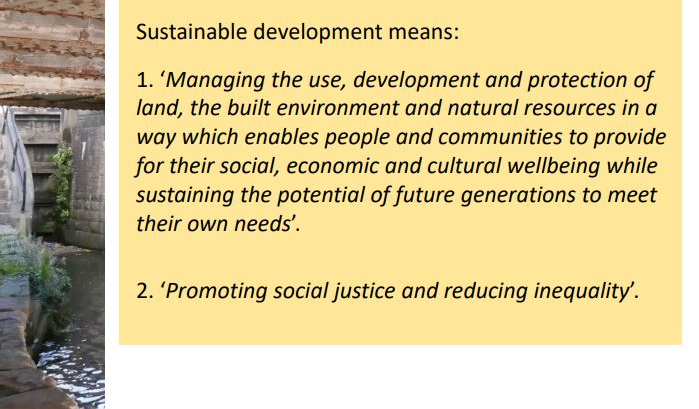Waymarking C.I.C.’s work regularly involves working face to face with groups of local people living and working in particular places/neighbourhoods, bringing in artists (Waymarking Freelancers) wherever possible. Although of course, this last year where possible this work has transferred online, however some work has been postponed, as many people Waymarking works with are digitally excluded in various ways. These ‘community conversations’ are on topics such as uses of local green space, the use of empty buildings in a high street or how to make a neighbourhood a healthier place. It’s a challenge to make these topics feel like something many local people in an area want to discuss or get involved with. But working with artists who engage with people as part of their work, can be a key way to create engaging, dynamic and fruitful conversations leading to meaningful outcomes.
These kinds of artists are skilled in thoughtfully listening, making connections between ideas and experiences, encouraging sharing, shifting between verbal, visual, kinaesthetic approaches, efficiently producing a depth of engagement through their use of creative tools and resources and building trust with participants, which can lead to quality co-designed and co-produced outcomes.
For me, it is a serious concern that many organisations, institutions and businesses working in the field of planning, regeneration and economic development don’t have a workforce with skills in delivering these kinds of engaging and meaningful face to face ‘community conversations’. So we’ve made it one of our missions to work with built-environment and neighbourhood development professionals to develop and enhance their practitioner’s skillsets around how to engage well with communities.
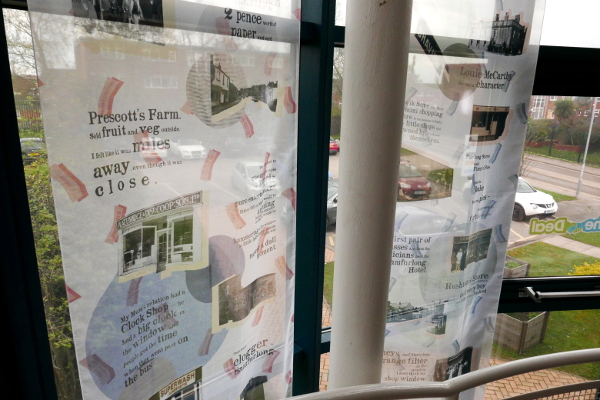
Image credits: Sarah Spanton, featuring textiles work by Helen Mather and Cath Long, in collaboration with Abram Ward Community Cooperative

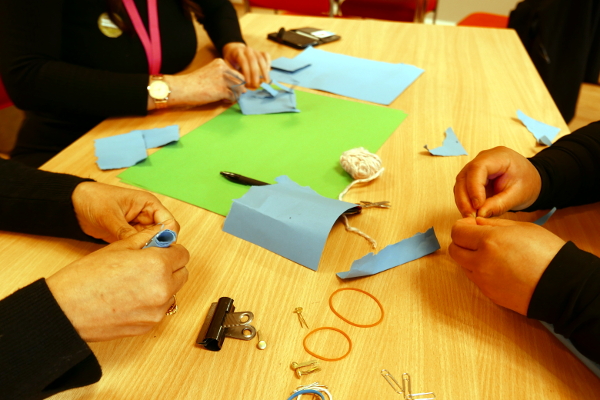
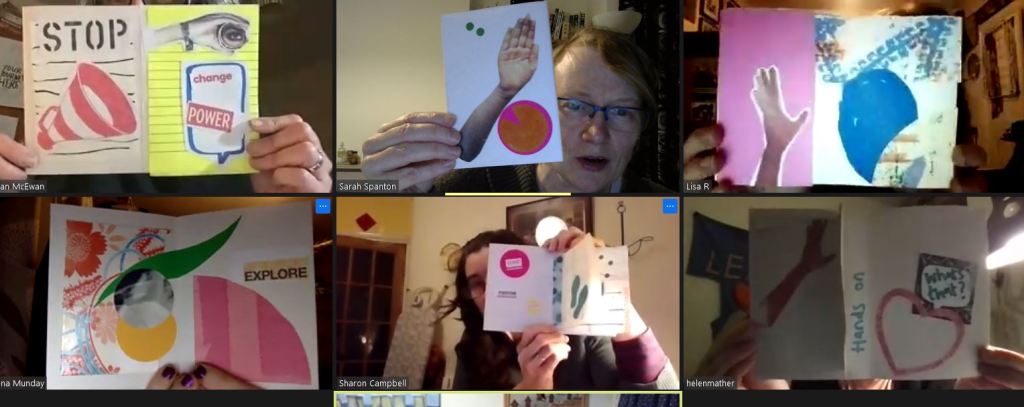
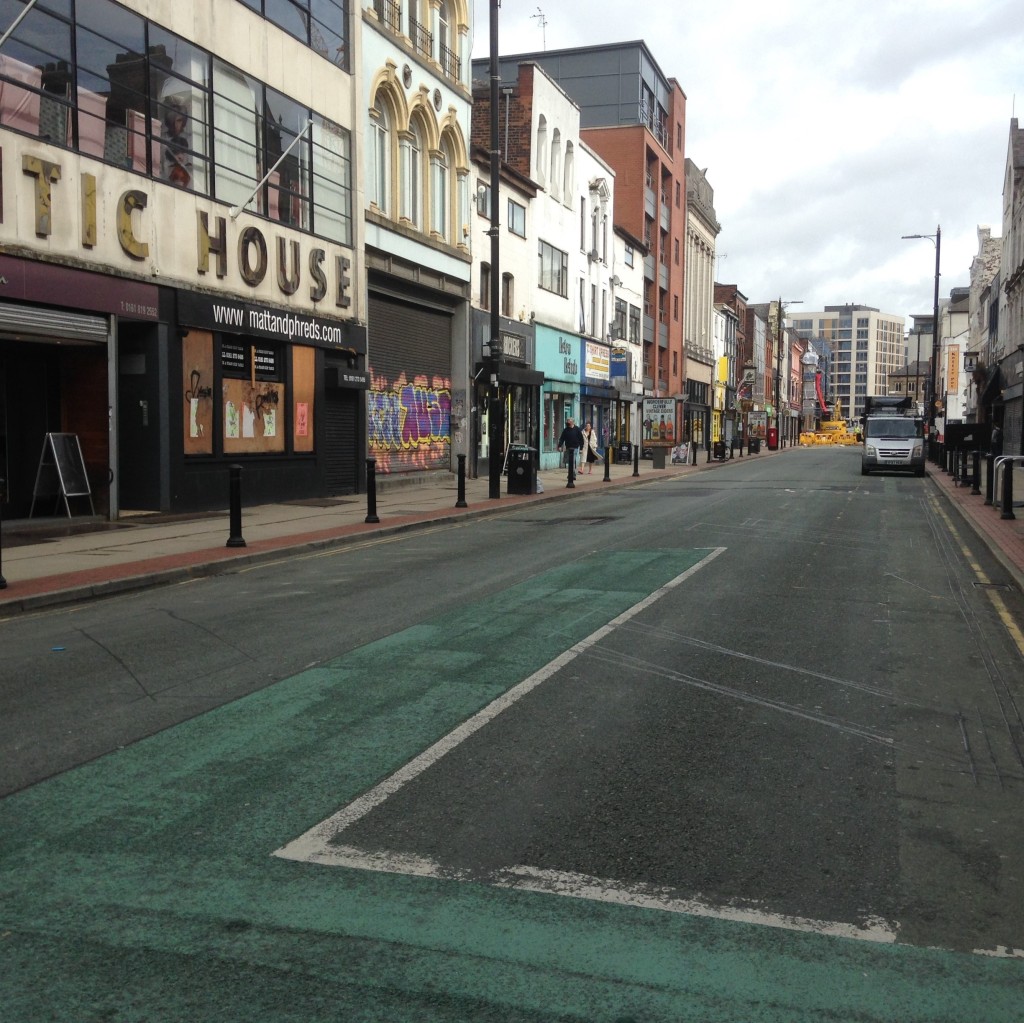
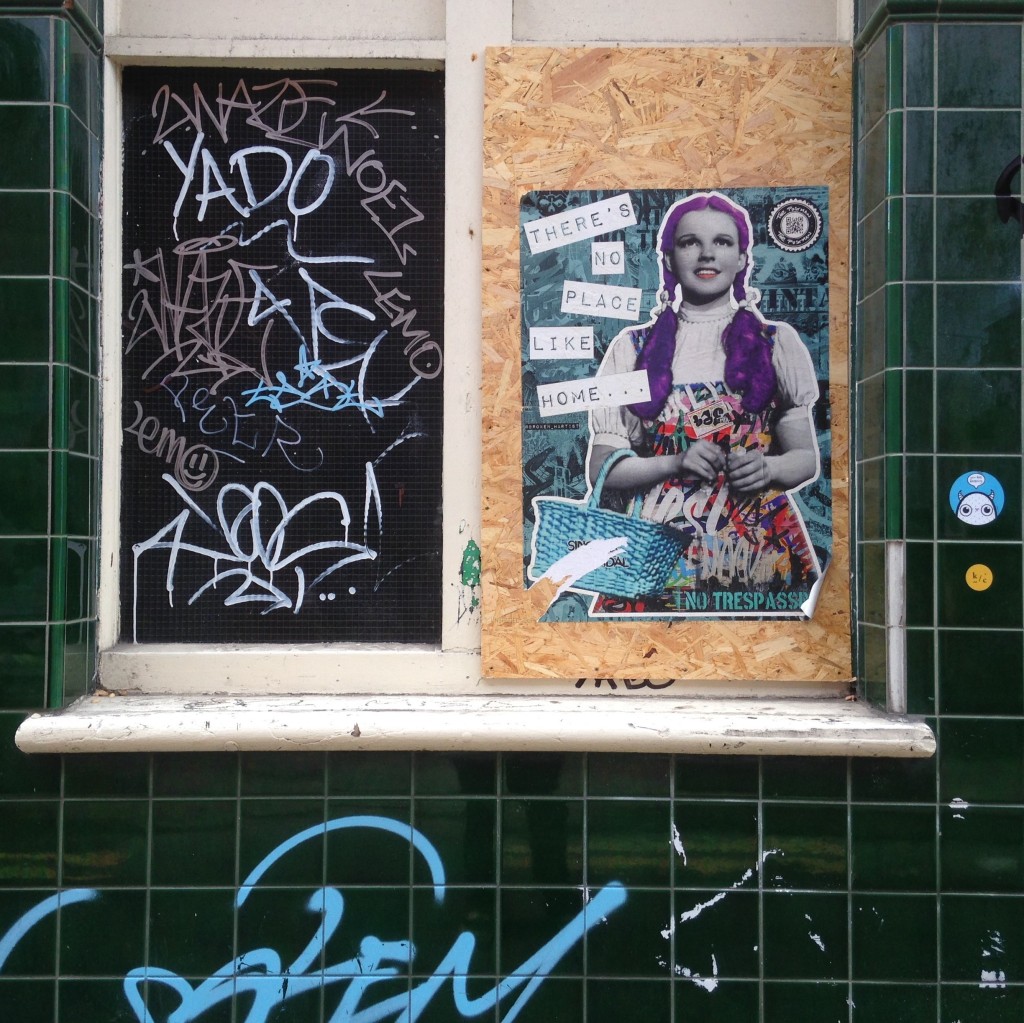
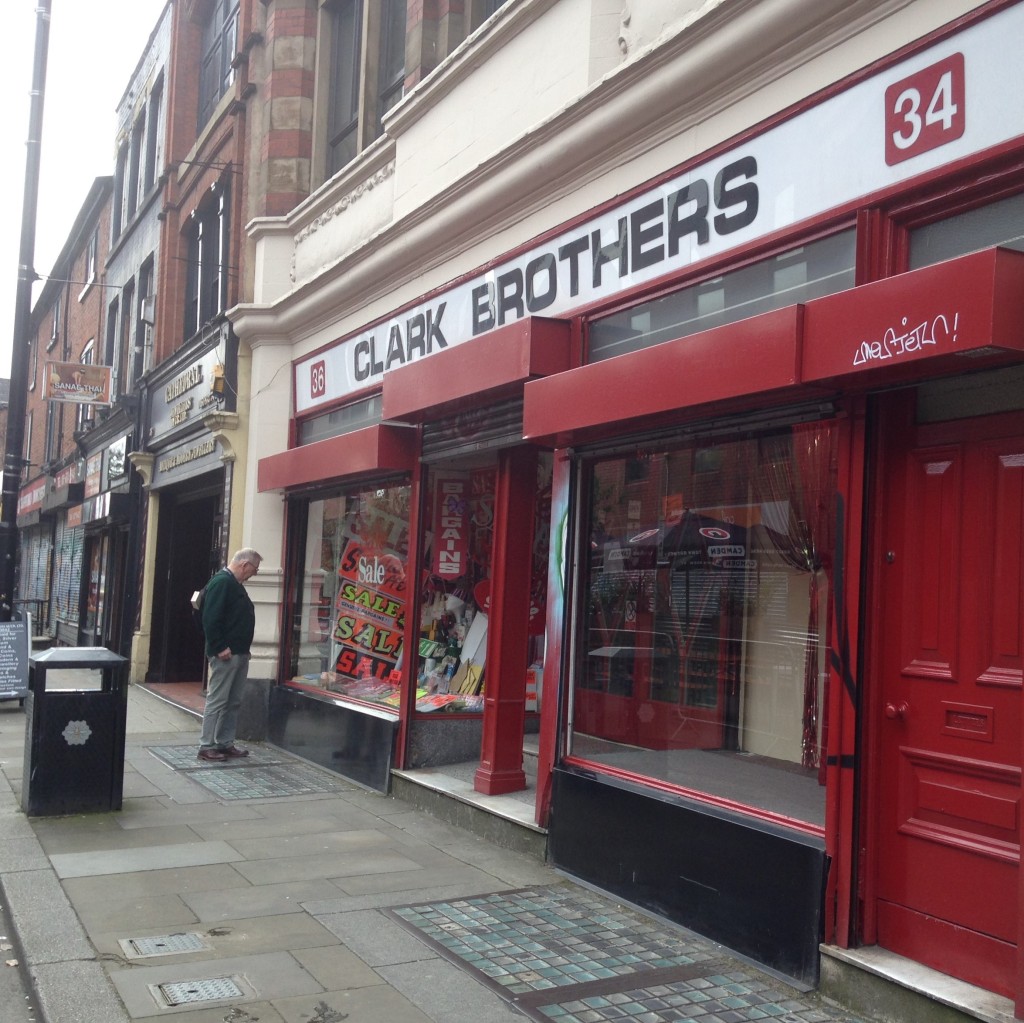
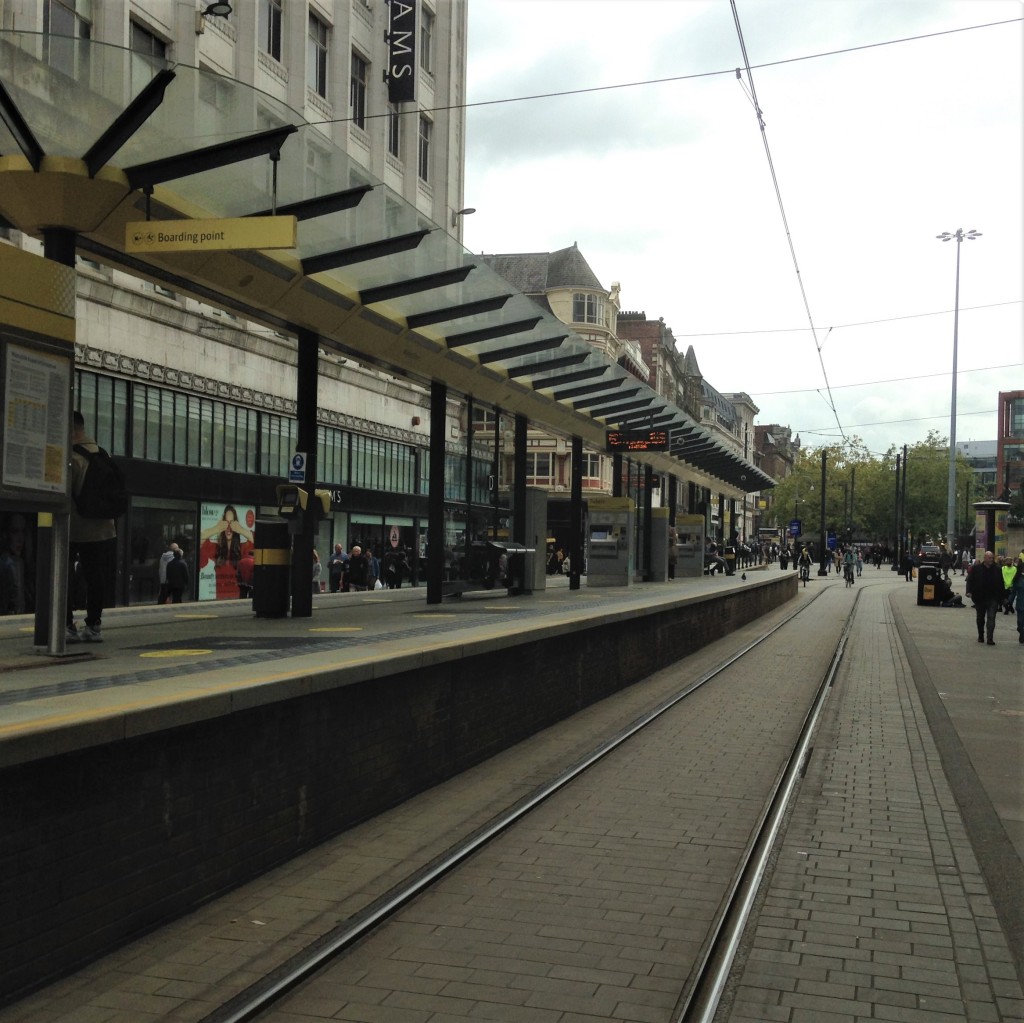
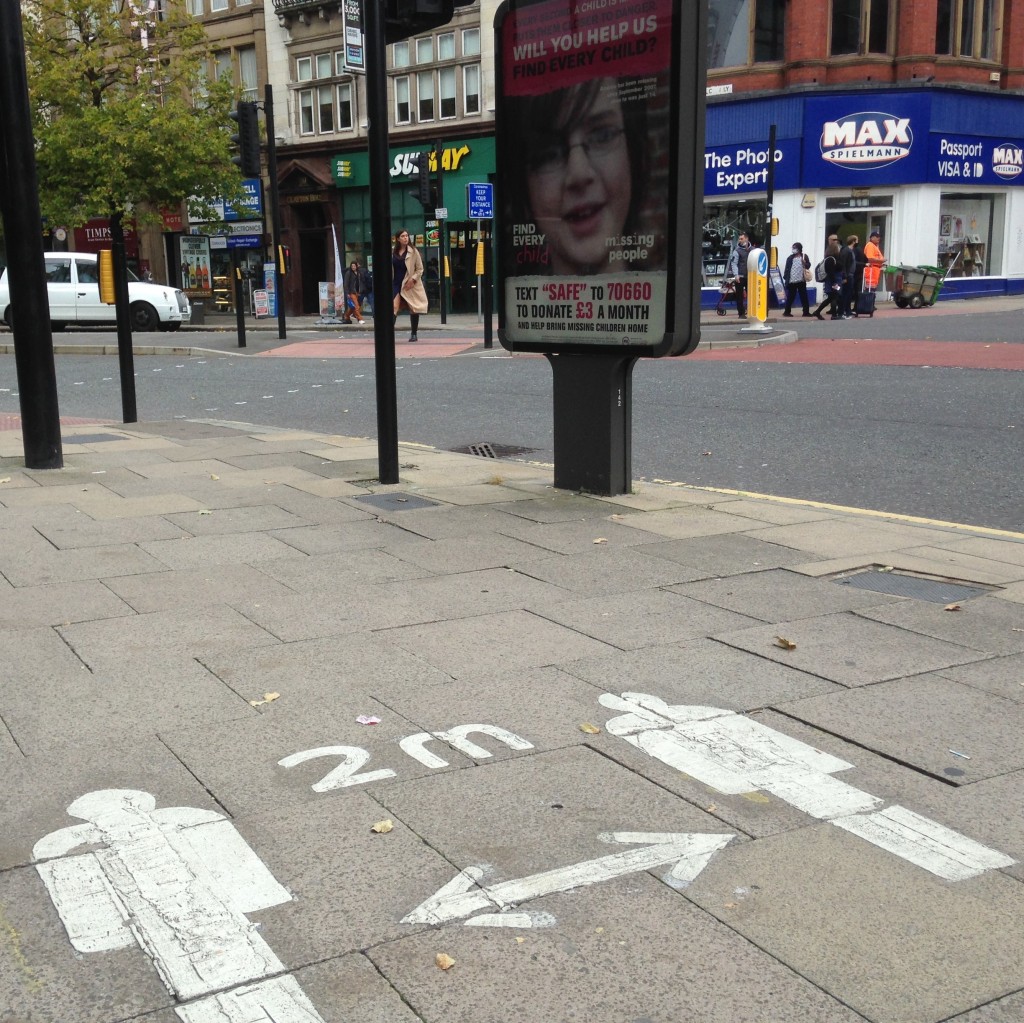
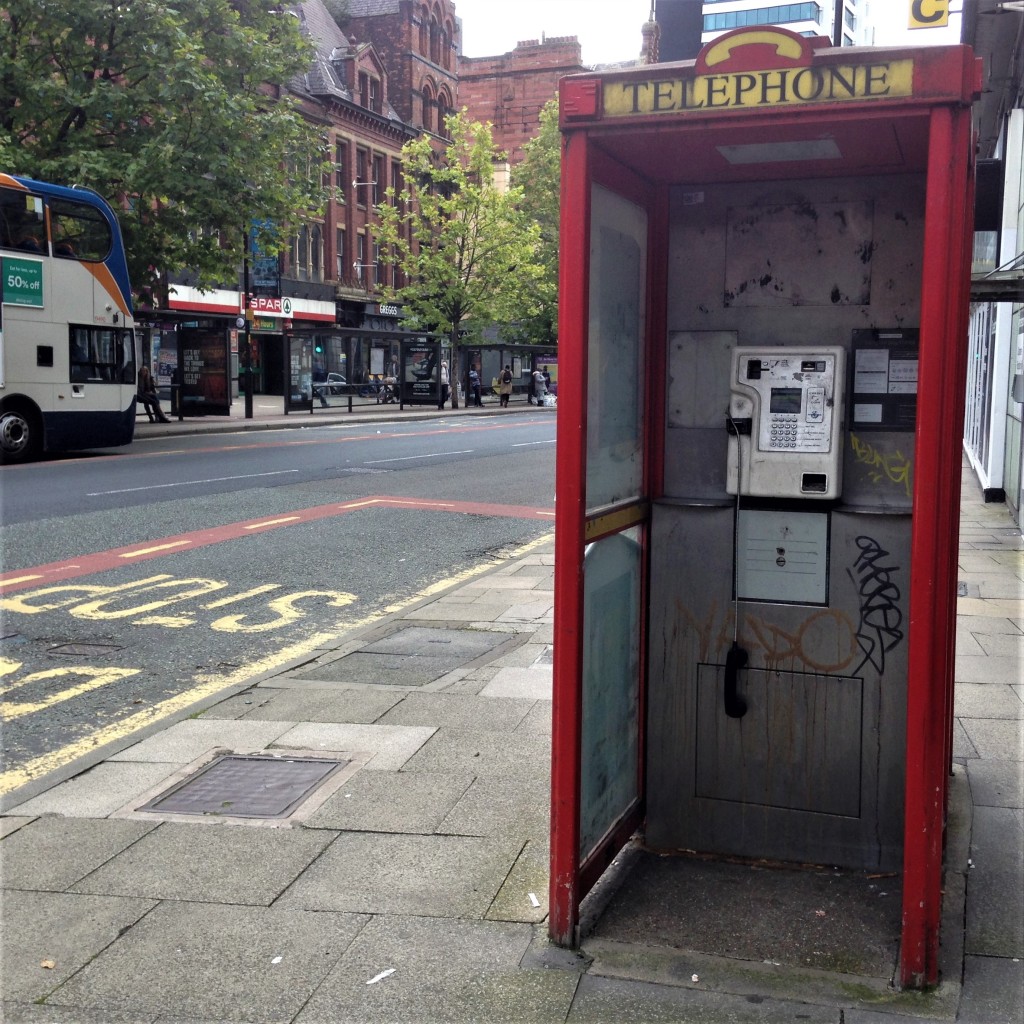
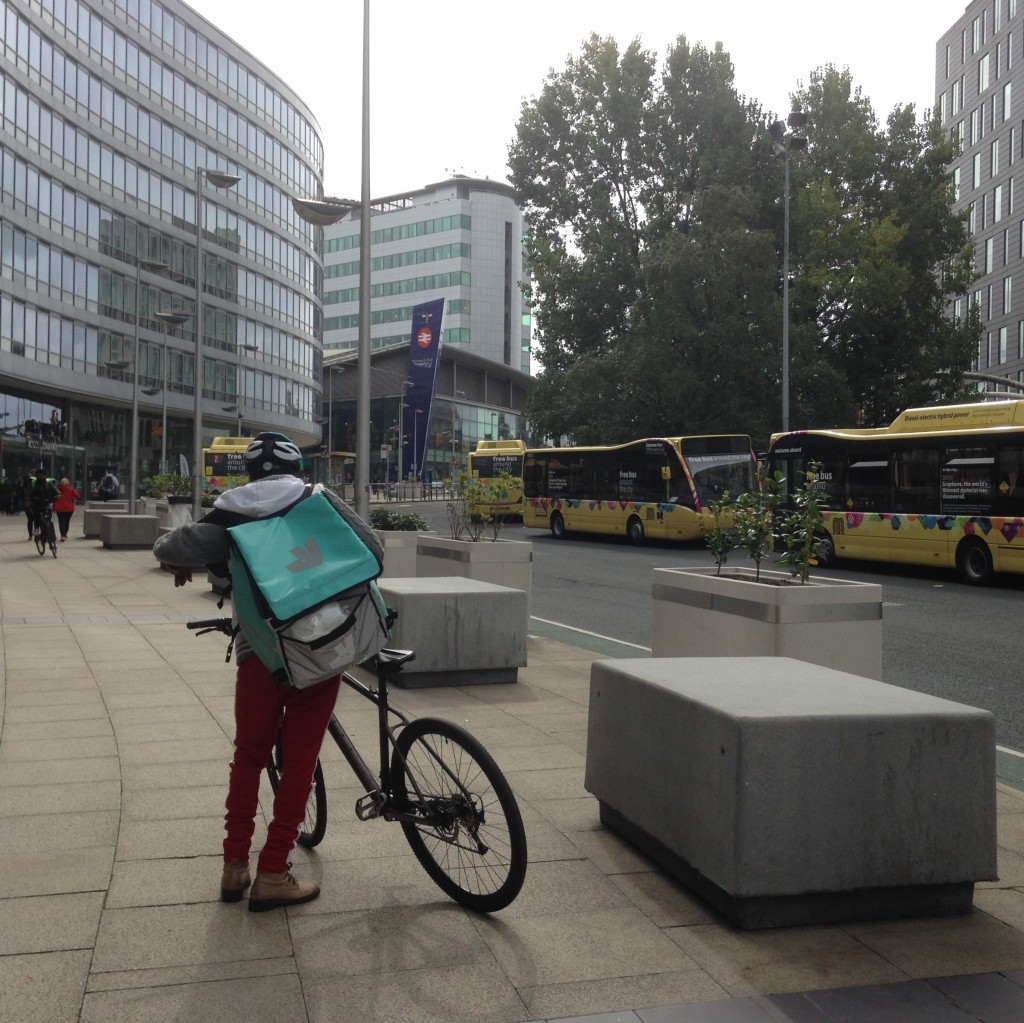
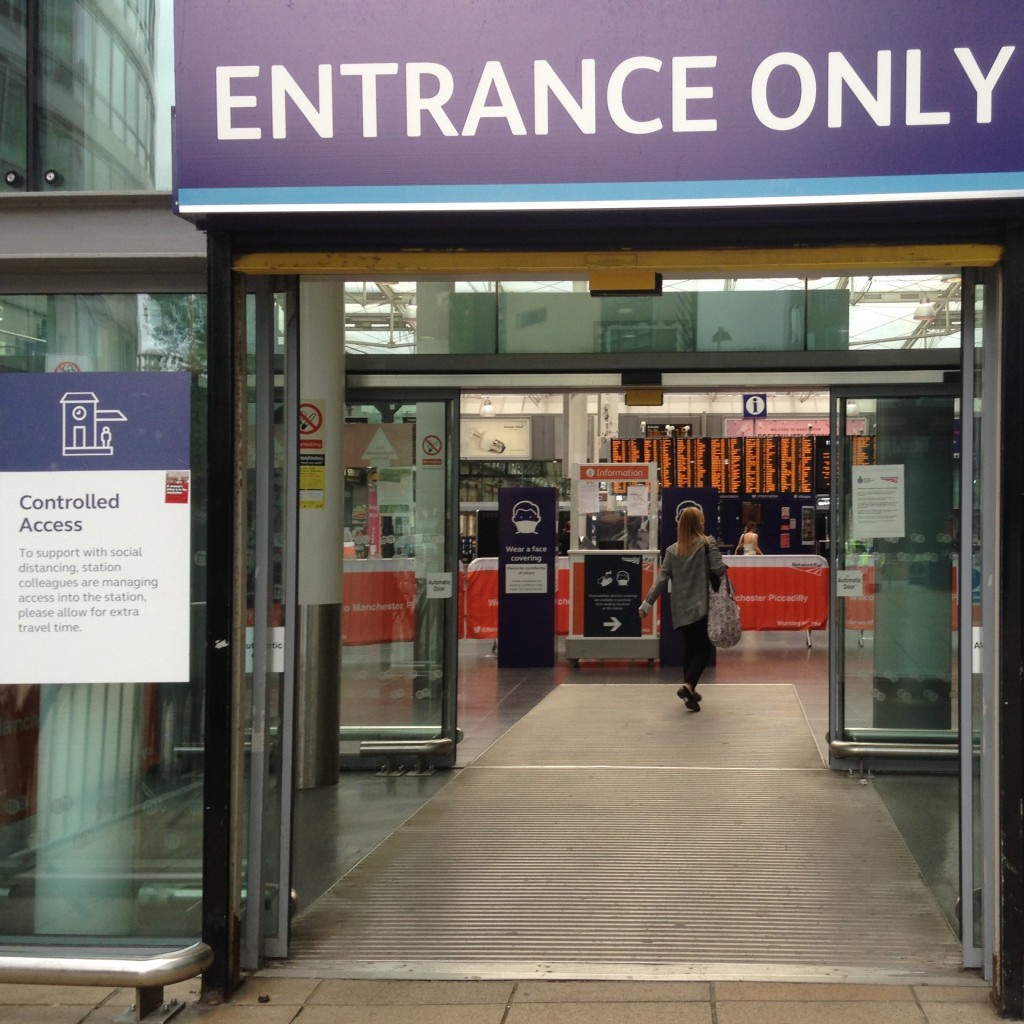
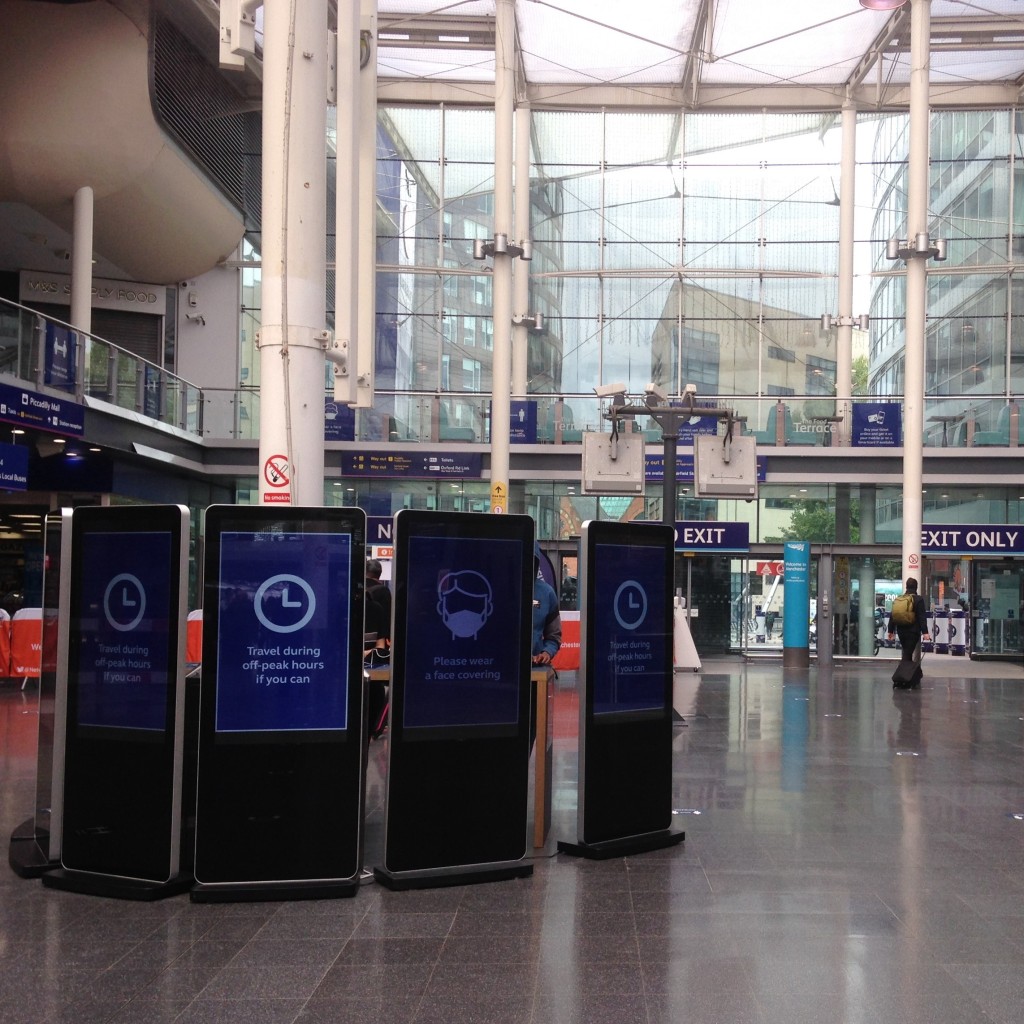
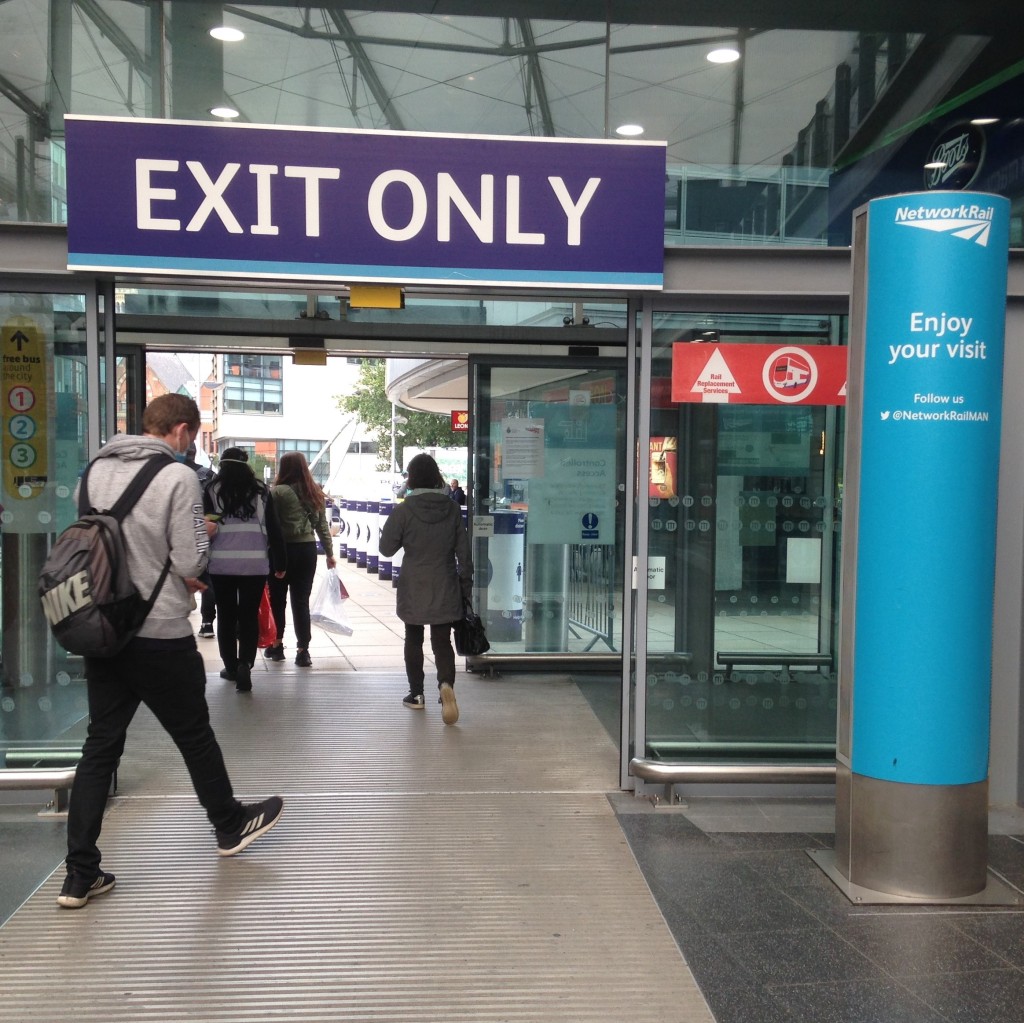
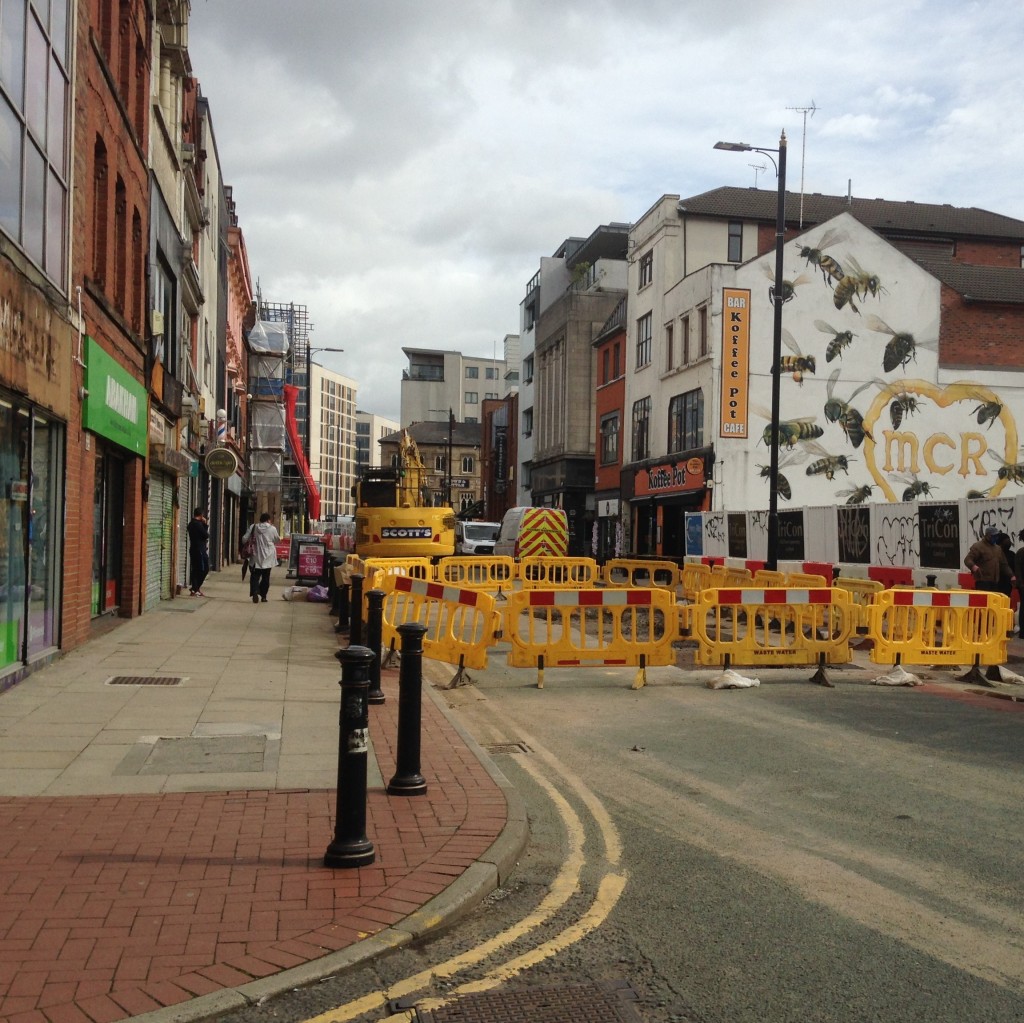
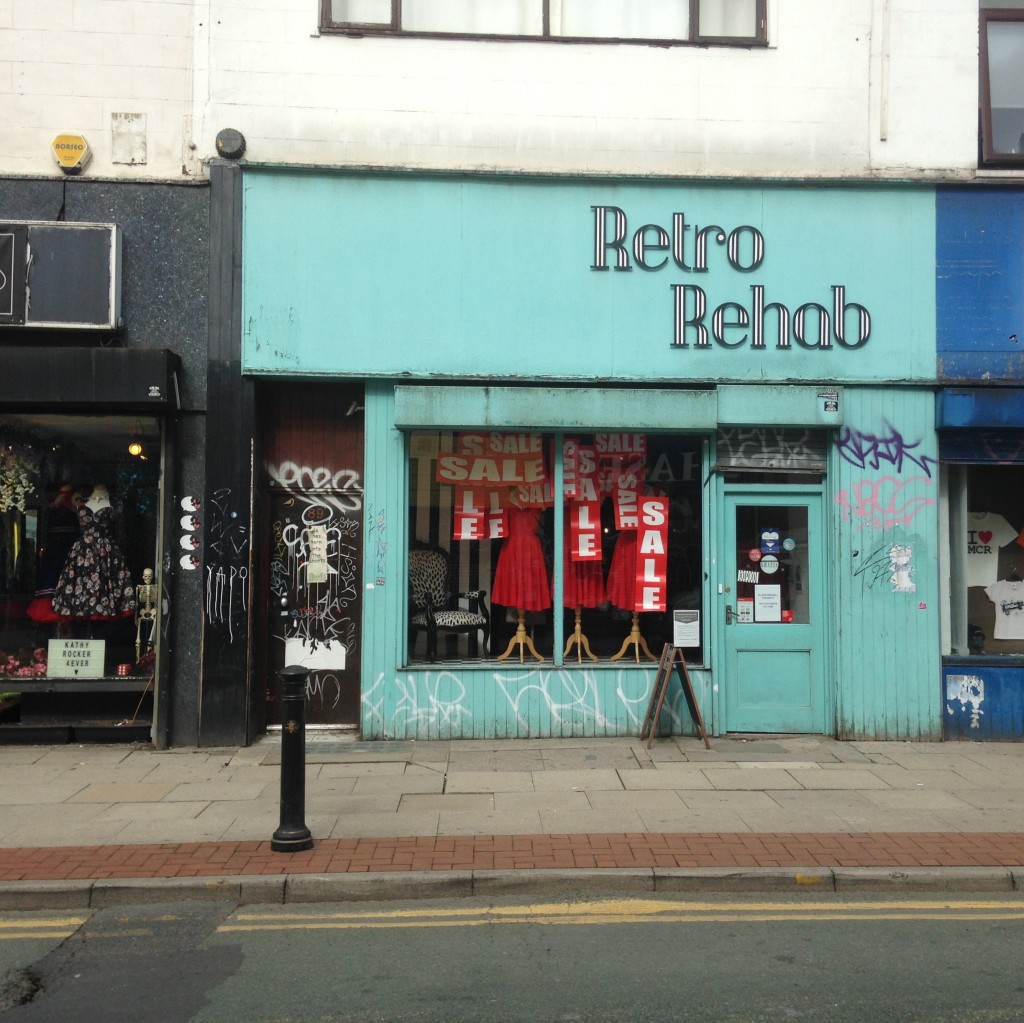
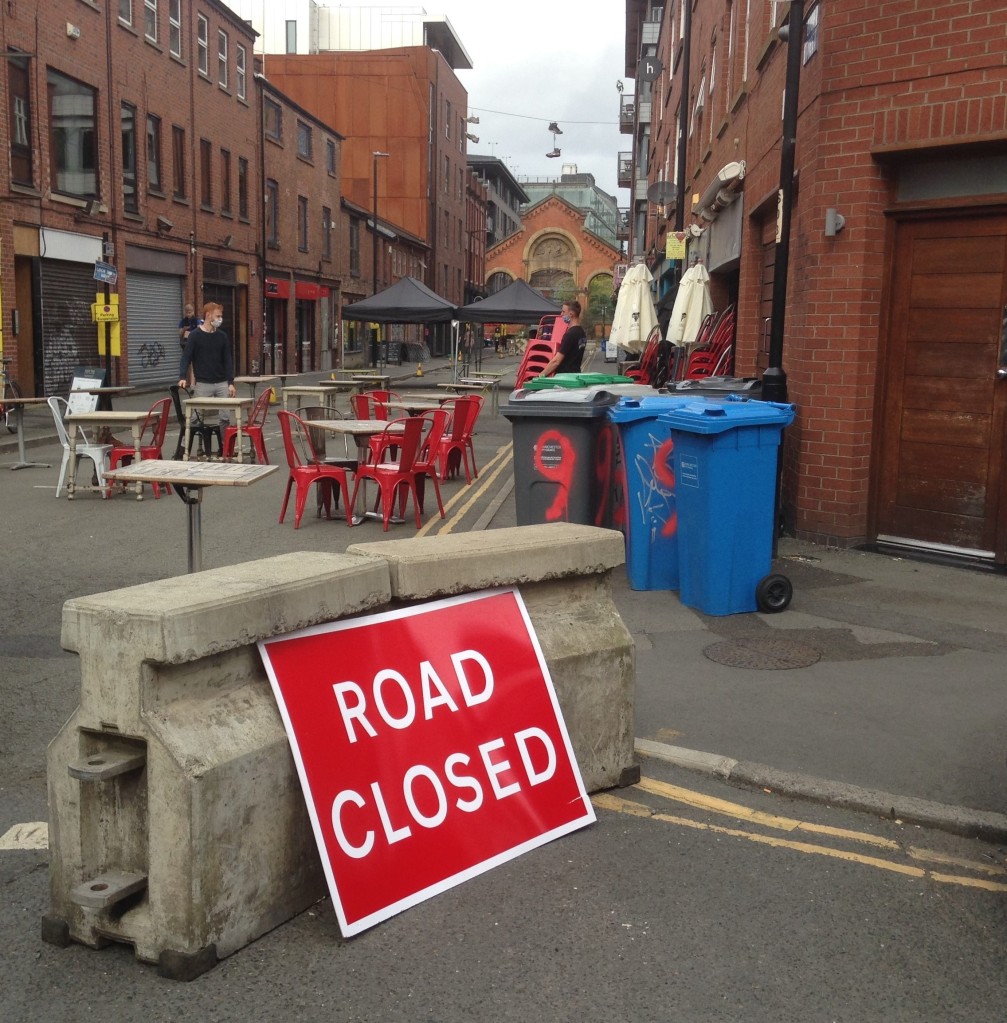
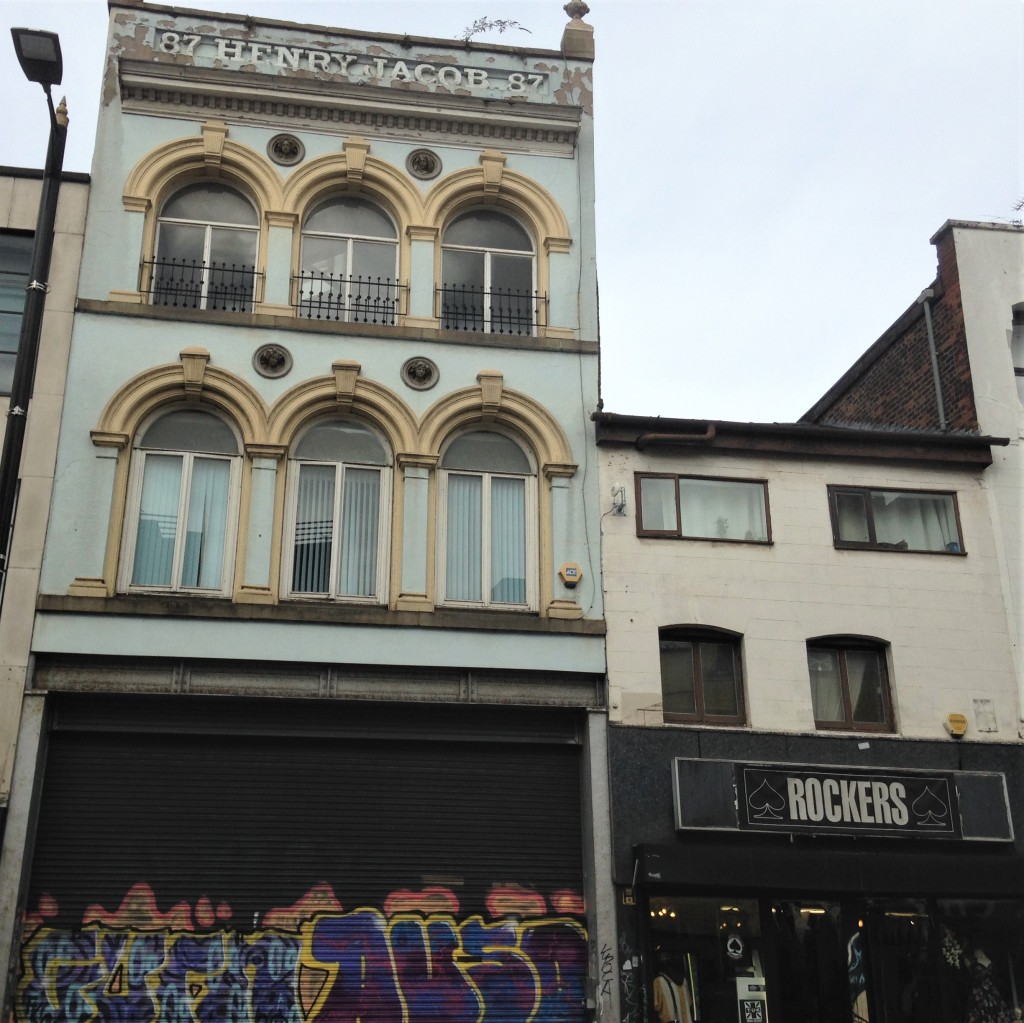
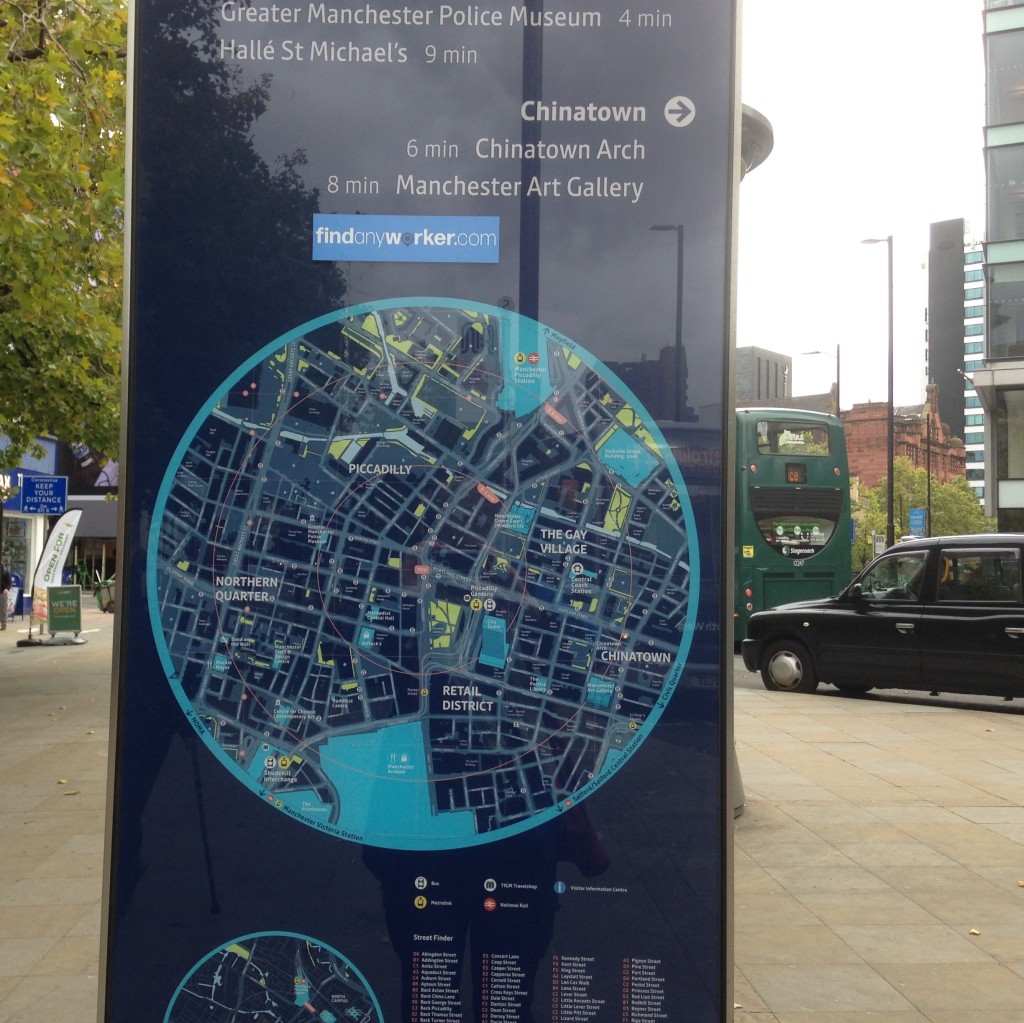
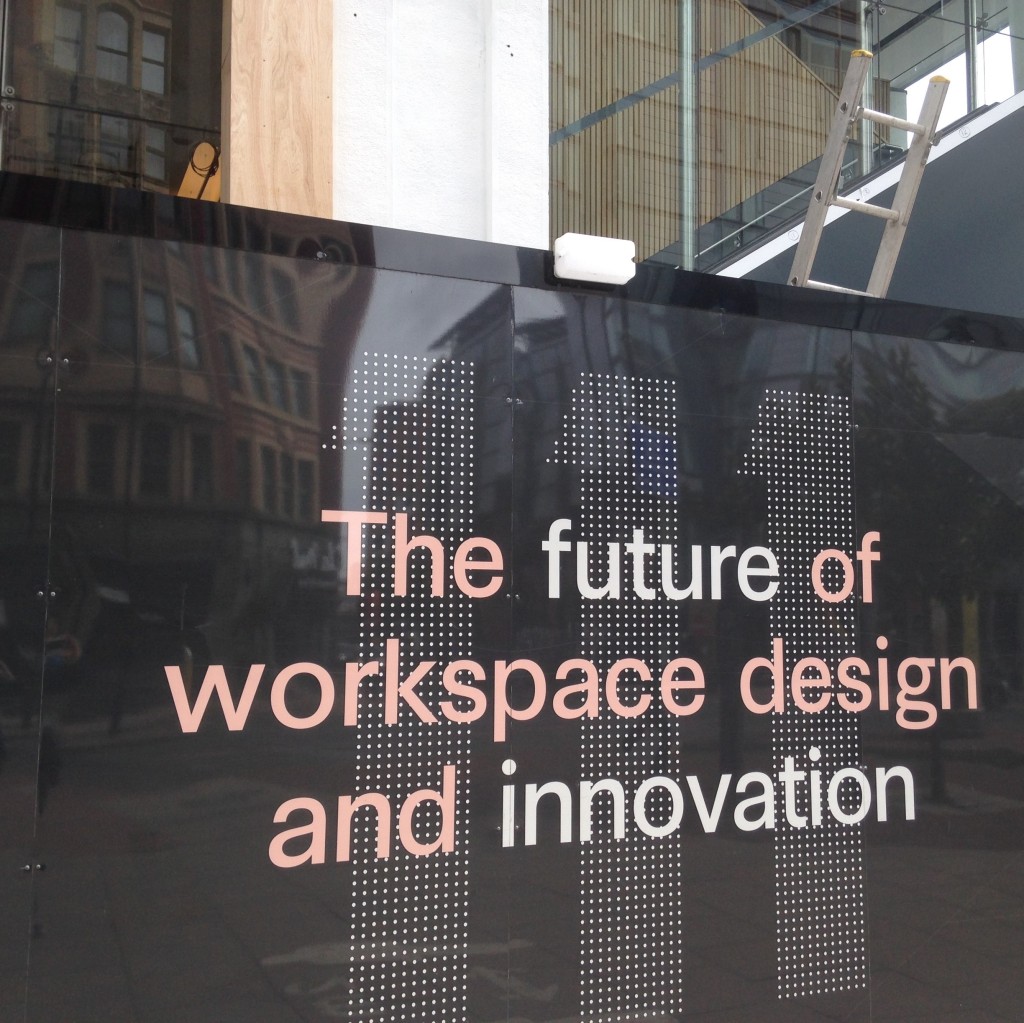
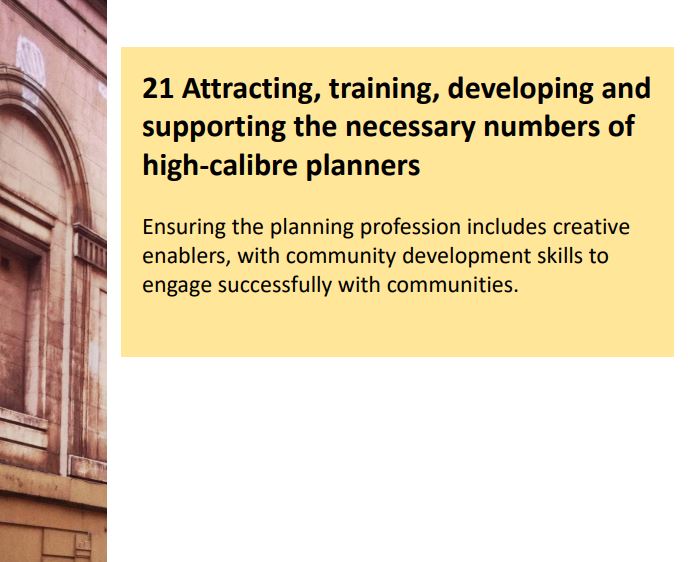
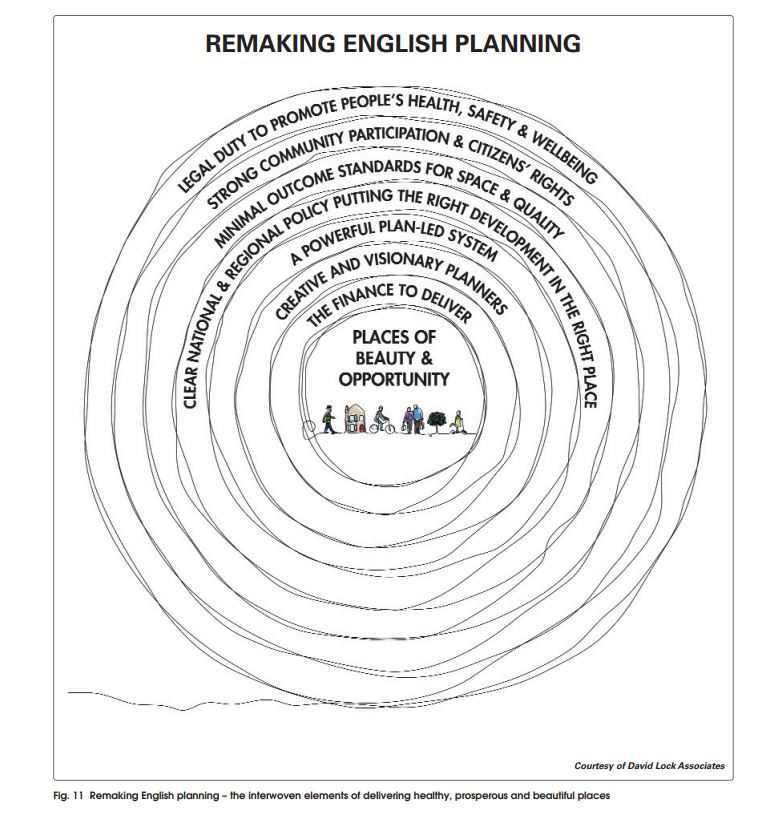
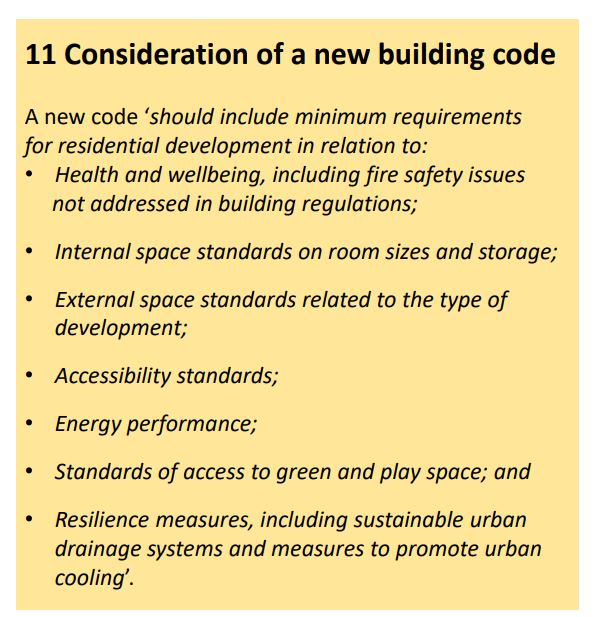
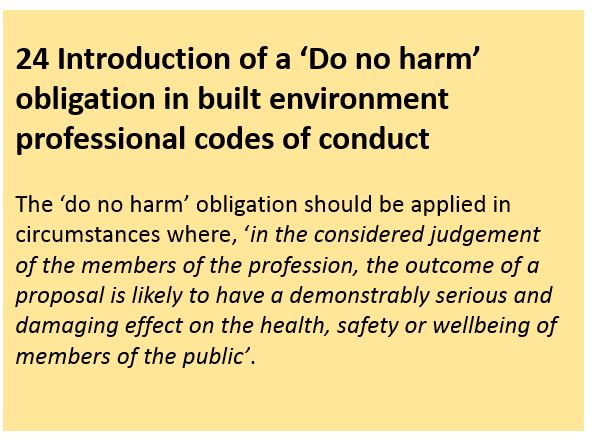
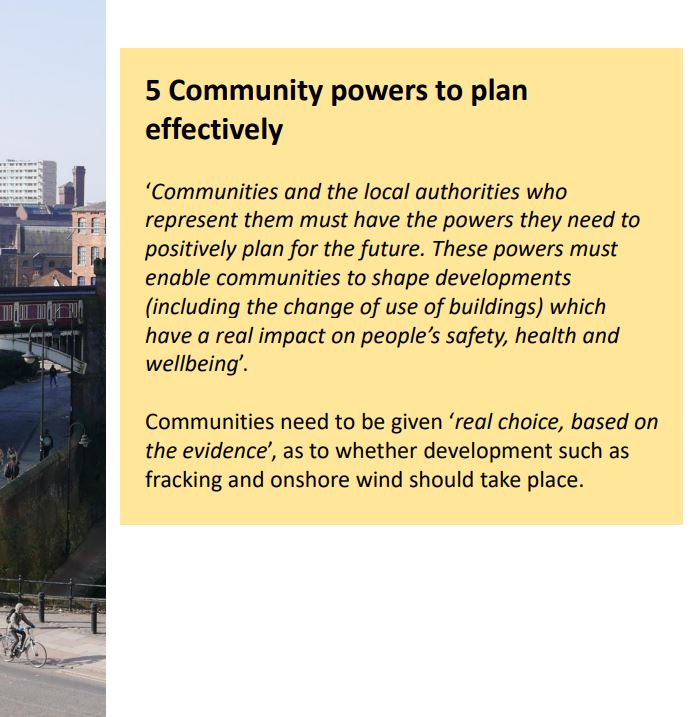
 As director of Waymarking, working on community-led planning, regeneration and economic development, this call for community members to be given a ‘real voice’ in decision-making processes about how their neighbourhoods are shaped and developed, is very welcome.
As director of Waymarking, working on community-led planning, regeneration and economic development, this call for community members to be given a ‘real voice’ in decision-making processes about how their neighbourhoods are shaped and developed, is very welcome.
